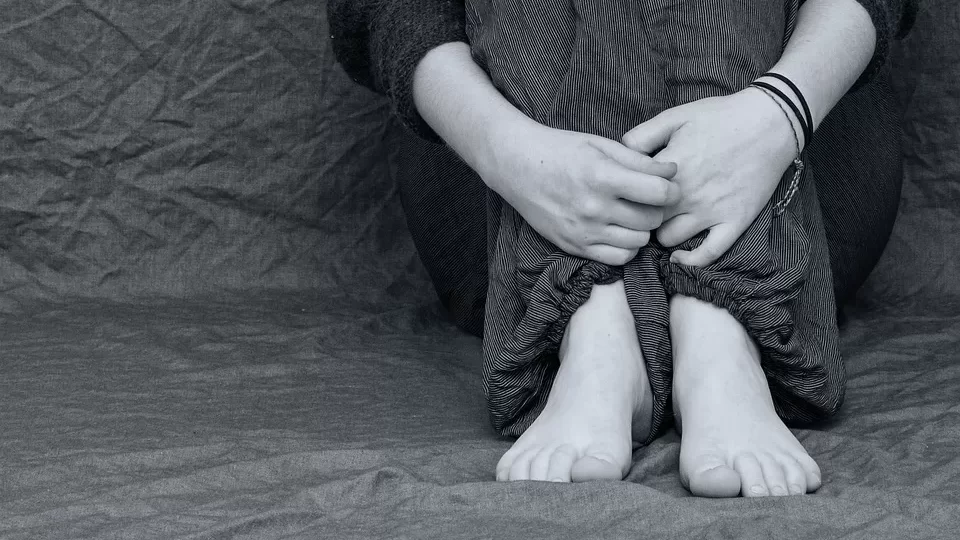
Bullying is a challenging and on-going aspect of life which anyone from children, adults and teenagers can experience. Forms of bullying have also evolved throughout the years with fewer limits to the ways in which an individual can be bullied, including the internet and mobile phones. Escaping from this problem has become increasingly difficult. That being said, there is evidence to suggest that bullying particularly aimed at children and teenagers can lead to self harm. Bullying can lead to depression, a known precursor to self harming or it can exacerbate already tense emotions an individual is feeling. Recent cases and statistics show a link between self harm awareness and bullying and how accurate this relationship is.
So what is bullying? There are many definitions, and common factors include: Using aggression or strength to intimidate or harass someone on repeated occasions. Now comes the question, how does this lead to and increase risks of self harm? Self harm can be a means of releasing tension and negative feelings which can be brought about by the mental and physical impact of bullying, as stated by Psychology professor Dieter Wolke, “A common perception is that those who self-harm do this because they are depressed or mentally ill. We found that being bullied, in particular chronically in primary school, directly increases the risk of self-harm.” Additionally, bullying can also lead to depression which then culminates into self harm and calls for increased help for self harm.
Another form of bullying, cyber bullying, has led to a rise in suicide and self harm amongst adolescents, with cases hitting the headlines recently after repeated online abuse. accessing the site ask.fm a website where users can share anonymous questions and answers, was highlighted as a contributory facator. Scott Freeman, founder of The Cybersmile Foundation stated “It’s very easy to get carried away in this circle of online self-abuse when you’re alone in your room. Children check it, and keep checking, and it evolves into a kind of self-harm.” Help for self harm may therefore need to be adjusted according to the rapid growth of social media.
A study was carried out at Kings College London where approximately 1000 pairs of twins were monitored from the ages of 5-12. Following interviews with the children’s mothers, 62 children had self harmed up to the age of 12 and half of these children had experienced bullying. So it can be deduced that bullying is a possible precursor to those who self harm. That being said, the researchers also acknowledged that this is not a black and white issue as many findings showed it is much more complicated than we think. This included:
- Whether the child already self harmed before bullying
- Children who chose not to disclose bullying
- If a child had a history of mental health problems.
These are just some of the factors which make the connection between self harm and bullying a very grey area.
In order to provide help for self harm we need to identify the catalysts for self harming behaviour and bullying may be one of them. Although bullying is a stepping stone towards self harm in some cases, assumptions cannot be made at this point. Types of bullying need to be identified such as cyber bullying and how this affects individuals, whether self harming can alternatively lead to bullying and also the long term effects on children entering adolescence. By investigating these issues we are one step closer to helping those who self harm.
ask.fm
#Bullying #Lead #Harm
Post byBedewy for info askme VISIT GAHZLY







